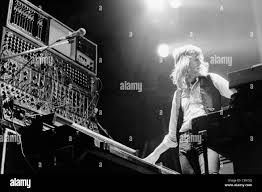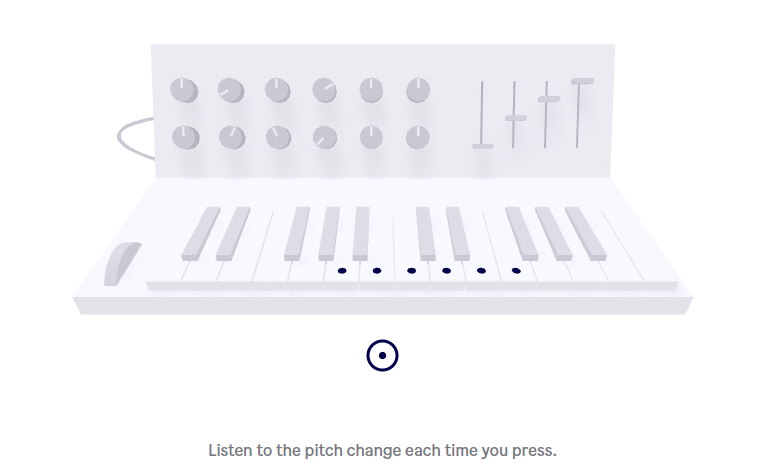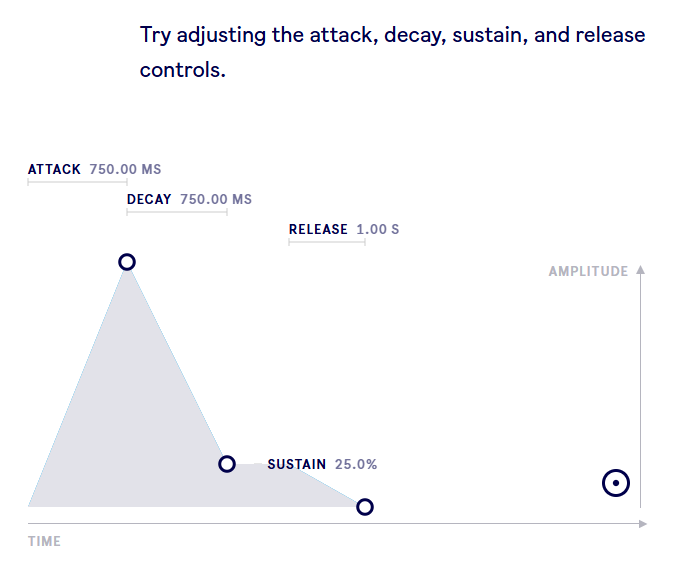Learning Synths
- doug carlton
- Nov 5, 2024
- 2 min read
Well, I’ve been trying to avoid giving away my age in these posts, but with this one, the cat will be out of the bag.
I recognize nearly all of the sounds on the Learning Synthesizers pages. These are the sounds that early adopters of synths incorporated into their music. They used these rudimentary sounds because they were the only sounds synths of the time were capable of making. It’s important to remember that this was decades before the invention of the personal computer, MIDI, and the storage of data on disks. The sounds we made from the Learning Synthesizers tutorial on our iPads or phones, using our finger, took rooms full of equipment to make back then. The technology to program sounds and have them play back in loops or other automated ways had also not been developed. The artist had to “play” these machines in real time. Using synths in this way became a performance. The photo below shows Keith Emerson from the group Emerson, Lake, and Palmer (ELP) around 1973. During the concert, the artists of the period, with a wall of knobs and dials around them, would create and modify synth sounds in real time. Groups like ELP were big at the time. These concerts were in stadiums with synth performances playing through giant speakers to huge audiences. It was quite a spectacle.

Here’s a bit of Emerson, Lake, and Palmer playing some synths in real time. Note that the organ sounds you hear are an actual Hammond B3 organ. Synths of the time could not reproduce the sounds of other instruments. Artists like Emmerson would play piano, organ, and synths sometimes simultaneously as shown in the picture. You will definitely recognize the sounds from the Learning Synths tutorial in this piece.
This is definitely the sound we hear at the beginning of the ELP piece.

We also hear at the beginning of this piece, that the pitch (of the synth) remains constant and the parts of the sound that are changing are the attack, release, decay, and filtering or EQ.

Interestingly, you can hear Emerson using oscillation in some of the synth sounds. Groups from that time period also used actual rotating speakers called Leslies on their organs that literally spun around on a carousel inside of a cabinet. The speed was controlled with a foot pedal. As I look this up, I see that you can still buy a Leslie today for $6,000. You can also buy the Pro Tools plugin for $99.


Comentários